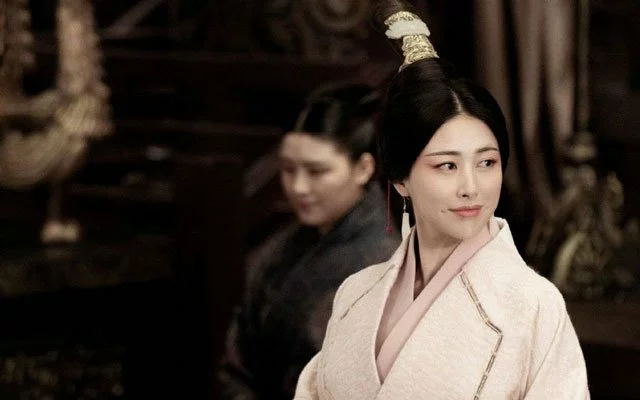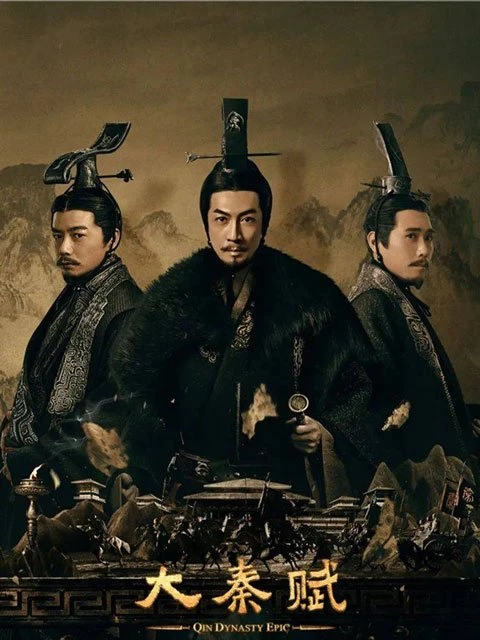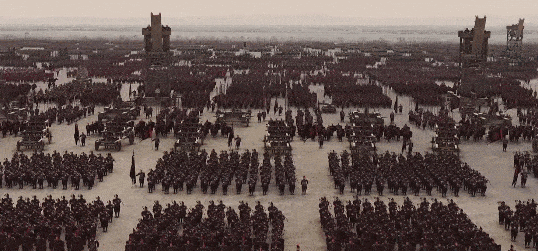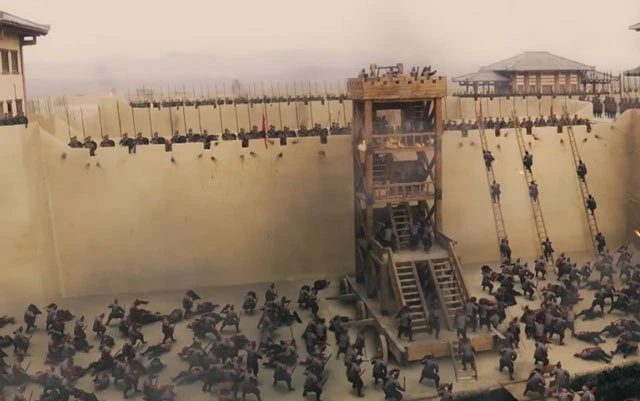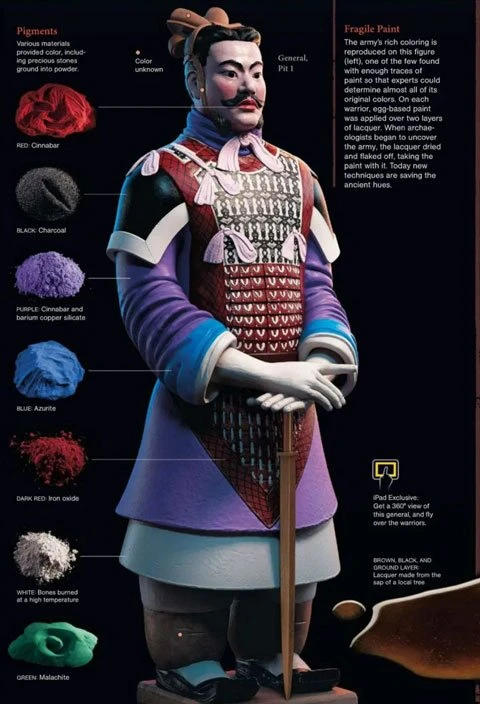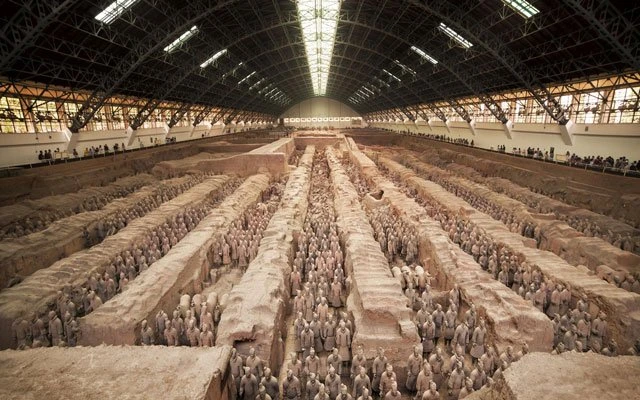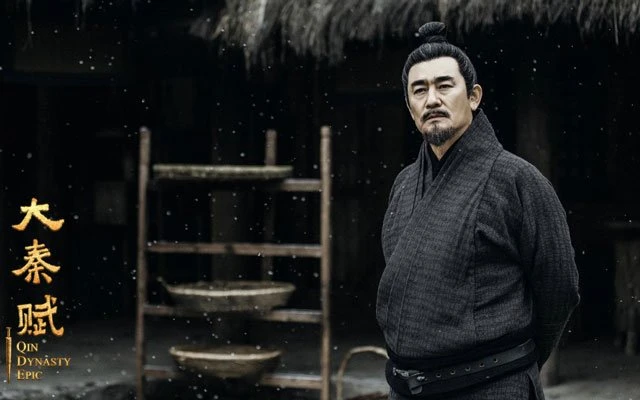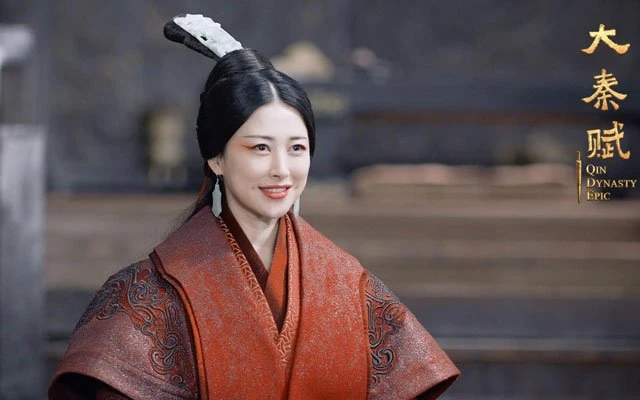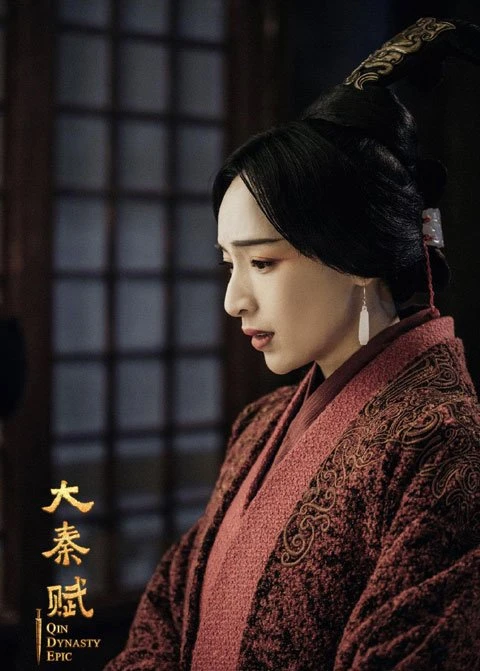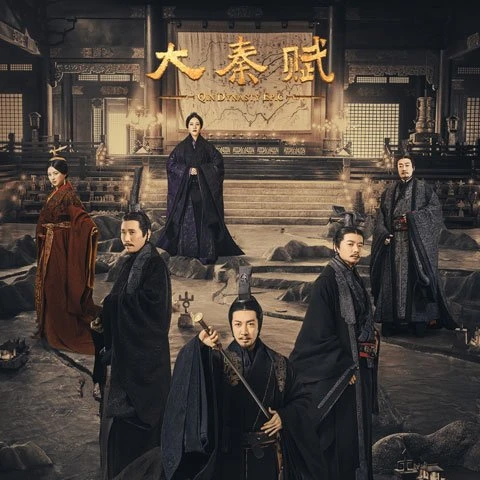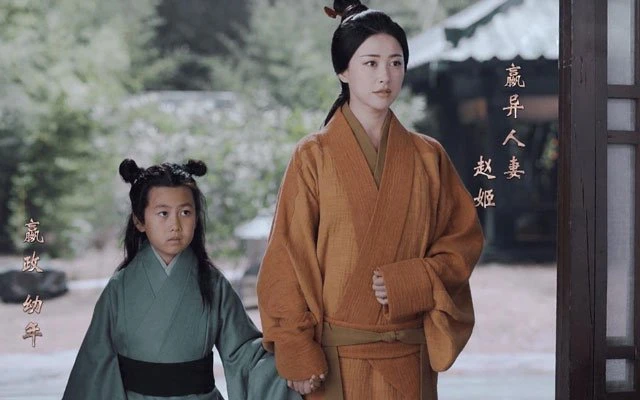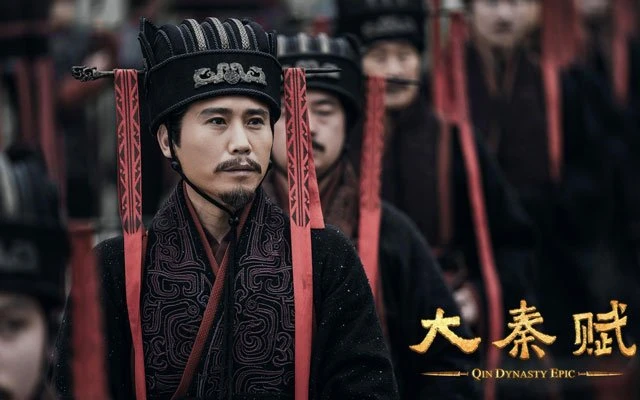Some time ago, the Ancient Chinese drama "Qin Dynasty Epic (大秦赋)" attracted a lot of attention. The drama tells the story of Qin Shi Huang Ying Zheng (秦始皇 嬴政), who with the support of ministers such as Lǚ Bu Wei (吕不韦), Li Si (李斯) and Wang Jian (王翦), in the late Warring States period, destroyed the six kingdoms, and established the first centralized state in Chinese history.
The crew's skillful production of scenery and props and costumes, the details of which are highly restored to historical facts, bring a sense of "high class" rarely seen on the screen. Today we put aside the plot, to enjoy the "Qin Dynasty Epic" in the restoration of the ancient Qin dynasty costume and makeup look.
About Military Costume
Compared with the previous series, "Qin Dynasty Epic" has made a lot of efforts in costumes, props, and make-up, with more than 11,000 sets of costumes and 4,000 sets of armor for different characters, more than 80 chariots, siege chariots, and other large props, more than 10,000 pieces of swords, shields, spears and other weapons, more than 1,000 internal and external scenes and props, and many indoor appliances are modeled after archaeological objects, almost none of which have no provenance.
Therefore, the first episode of "Qin Dynasty Epic" won unanimous praise with a majestic battle of Handan Castle, in which the attacking side's chariots, infantry, and siege soldiers formed their own lines, the cavalry gave orders, the throwing soldiers took the lead, the chariots, and infantry advanced, and the crossbows and ladders went up together; the defending side was fearless and well-organized, and the fire arrows and stones returned the attack one by one, reviving the original appearance of siege battles in the Warring States period for the first time.
At the same time, the armor and costumes of ordinary soldiers are also well restored in "Qin Dynasty Epic". The thrill and excitement of the battle between Qin (秦) and Zhao (赵) are evident, and there are also details portrayed under the atmospheric war scenes, from soldiers to weapons, pulling people into the cold weapon era of war at once, which makes people's blood boil.
Qin dynasty army soldiers dressed, the side of the high bun, neck higher collar, lattice armor, and even kneeling on one knee and terracotta warriors are exactly the same, there are chariots and weapons are also the same. Put in the distance, it is simply a large number of "terracotta warriors" to attack the city.
The officers are divided into three levels: high, middle, and low. The general wears a double long jacket, colorful armor, long pants underneath, square-headed footwear, a He Guan (鹖冠) on the top, an orange crown belt tied under the jaw, and a sword under the ribs.
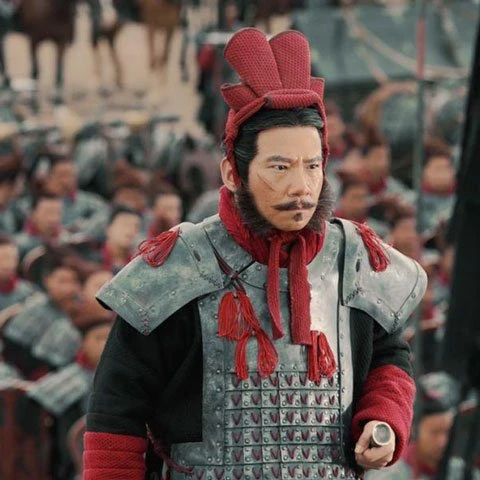
The military costume of the Qin Dynasty is the most comprehensive and accurate dynasty in history, thanks to the discovery of the Terracotta Army from the tomb of Qin Shi Huang. From the terracotta warriors and horses excavated in Pits 1, 2, and 3 in Lintong, Shaanxi, the sculpting techniques of these terracotta warriors and horses are extremely realistic, not only the expressions of the characters are lifelike, but also every detail of the costumes, saddle, and bridle accessories are very realistic and accurate, thus providing great convenience for research work.
About Hairstyle
In "Qin Dynasty Epic", there are few female characters, mostly noblewomen with status, and their hairstyles are the manifestation of their status and dignity. The higher the bun is, the higher the status is. You can compare the bun of Lady Huayang (华阳夫人), as the favored concubine of An Guojun, is much higher and more gorgeous than the unpopular Xia Ji (夏姬).
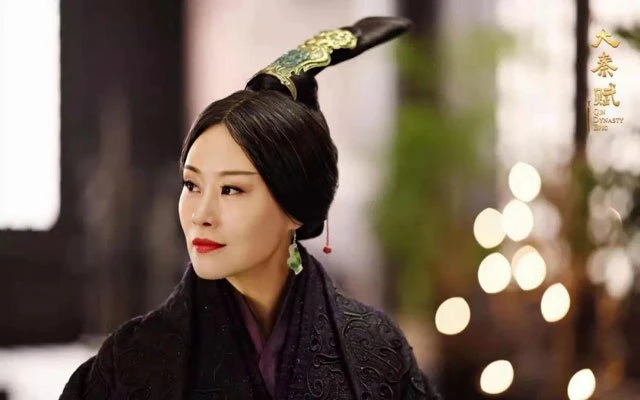
Lady Huayang
It was not easy to wear such a bun, it was very detailed and time-consuming, and required a wig, which only the royalty who had money and time and servants could enjoy. In the Qin Dynasty, the flat bun was popular among most women. Especially in daily life, the bun is not combed and decorated, with the top hair to the left and right flat parting style is more common.
Relatively speaking, men's hairstyle is much simpler, compared to the Terracotta Army, you can see that the drama is restored very accurately. Whether soldiers or princes and nobles, or the King of Qin, men were bound with their hair as Guan. It was a prominent feature of the time that men valued crowns and hats and women valued headgear.
About Makeup
In modern times, makeup is very common and convenient, but at that time, only the concubines in the palace had the possibility to wear makeup. The Qin Dynasty also led the fashion trend, as the birthplace of the popular "red makeup and green eyebrows" style of bright style was said to be the Qin Palace.
The term "red makeup" refers to women's makeup, which means that women's makeup was mostly red. "White powder on the face, scarlet eye makeup" makeup, was the mainstream aesthetic, and then the fall of the Qin Dynasty, this aesthetic has been influenced by the Han Dynasty and even the Wei and Jin Dynasties.
Eye makeup pink, lipstick bright, is a major feature of the drama. But the powder used for makeup at that time was mostly made of rice flour.
About Costume
The Qin people admire black, the Qin dynasty clothing also continued the Warring States form, the style is simple, but also harsh and hard stern wind, the overall presentation of a cold and serious appearance. The Shenyi (深衣) of this period were tight and narrow throughout, long enough to drag the ground, the hemline was generally flared, and did not show the feet, looking dignified and serious.
The costumes of the concubines in "Qin Dynasty Epic" are all very bright, also based on historical facts. The color of the concubine's clothes was mainly catered to the personal preference of Qin Shi Huang, however, it was still basically governed by the Five Phases (五行). Therefore, the concubines of the Qin Dynasty wore "light yellow jacket" and "light yellow silver Pi (披)" in summer, which were complemented by hibiscus crowns, silk ribbon skirt, silk ribbon fan, and golden paint shoes.
"Qin Dynasty Epic" is the continuation of the "Great Qin" series and its finale, does not deliberately create a dramatic and legendary storyline, but rather upgrades the presentation in terms of content and ideas, opening a dialogue between history and reality in time and space, so that viewers can not only feel the visual shock, but also learn about the profound Chinese traditional culture. For those who are interested in Chinese costumes and the history of the Qin Dynasty, "Qin Dynasty Epic" is a drama worth enjoying.
